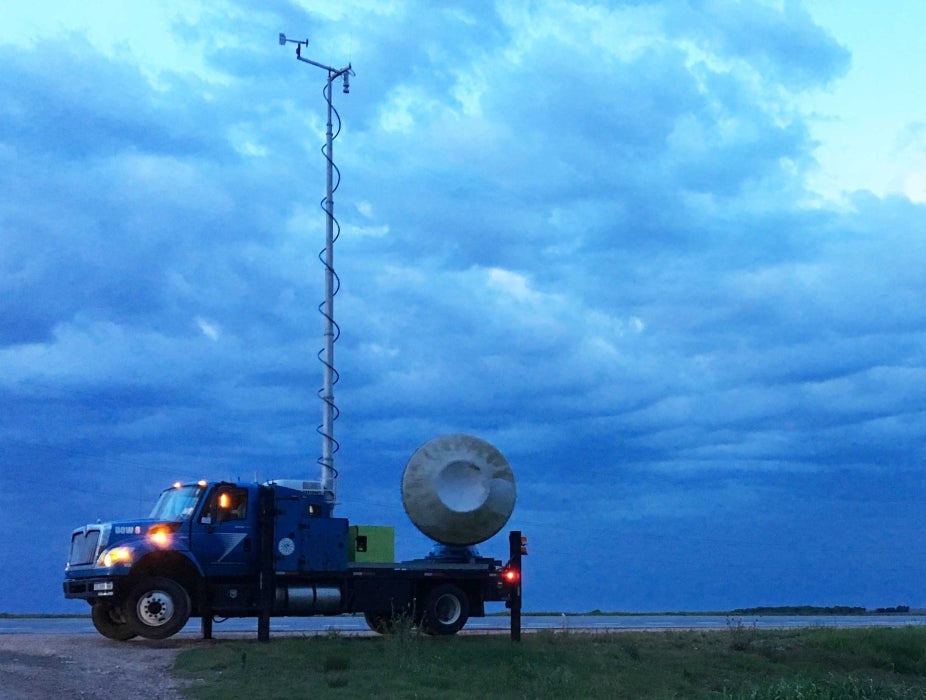RELÁMPAGO

The international field campaign RELÁMPAGO (Remote Sensing of Electrification, Lightning, and Mesoscale/Microscale Processes with Adaptive Ground Observations) investigated different phases of the life cycle of thunderstorms that occur in Argentina and took place from June 1, 2018, to April 30, 2019.
Alongside RELÁMPAGO, CACTI (Clouds, Aerosols, and Complex Terrain Interactions) was a US Department of Energy (DOE)-funded project that studied orographic clouds and their representation in multi-scale models.
Research from RELÁMPAGO will provide unique observations of atmospheric and surface conditions in a region with substantial terrain and explore a regime of convection not observed comprehensively. This project studied the physical mechanisms that cause the initiation and growth of organized convective systems in storms that are some of the “most intense on Earth” according to satellite observations. RELÁMPAGO will improve the understanding of and ability to predict severe convective storms in complex terrain regions and world wide. Conceptual models of extreme weather events for use by forecasters and the improved prediction of weather and hydrological hazards, will lead to reductions in future loss of life and property.
Data for this project were collected using both fixed and mobile instrumentation platforms. These include a research aircraft, mobile mesonets, lightning instruments, weather balloons, fixed and mobile Doppler/dual polarization radars (from W- to C-Band), lidars, microwave profilers, and surface flux measurements.